Rogue waves are large, strange stretches of water, notorious for appearing out of nowhere to ambush unlucky ships and sailors, and have become a nightmare for seafarers. Photo: @National Geographic Education.
More than twice as tall as surrounding waves, rogue waves can form when converging waves amplify each other, creating a single giant wave, or when ocean currents compress waves into large rogue waves. Photo: @Monterey Boats.
Although the presence of killer waves at sea has been acknowledged, no news, bulletins, or forecasts specifically for this type of wave have been deployed. Photo: @New Scientist.
According to oceanographer EG Didenkulova, rogue waves killed at least 386 people and sank 24 ships between 2011 and 2018 (data from “Rogue Wave Catalogue of the World Ocean from 2011 to 2018, as reported by media sources”). Photo: @Southern Boating.
Although, over time, researchers have noticed that there are certain technological model proposals that can predict the risk of these sudden high waves, no effective prediction algorithm has been developed in practice yet. Photo: @American Oceans.
But now, mechanical engineers Thomas Breunung and Balakumar Balachandran of the University of Maryland at College Park say a new AI model can predict most of these sudden killer waves five minutes in advance. Photo: @Jagran Josh.
Using about 16 million data points collected over a period of time by a network of 172 ocean buoys located near the coasts of the continental United States and Pacific islands, Breunung and Balachandran trained an AI program to detect and distinguish specific wave patterns that precede rogue waves. Photo: @Phys.
In testing, the AI program accurately predicted three out of four killer waves hitting the buoys one minute in advance. Photo: @ SPIE.
Additionally, this AI program accurately predicted 7 out of 10 killer waves hitting the buoys 5 to 7 minutes in advance. Photo: @ Semantic Scholar.
Mechanical engineer Thomas Breunung added that harnessing more powerful AI architectures, coupled with more training data, could yield even higher accuracy rates, over longer timescales. Image: @ BBC Science Focus Magazine.
The researchers say the AI system’s accuracy and warning time could be further improved by incorporating physical data such as water depth, wind speed and buoy location. Future research could also enable predictions of the height of incoming rogue waves, or the exact time they might occur. Photo: @ The University of Melbourne.
Dear Readers, please watch the video : Climate change causes great damage to the world. Video source: @VTV24.
(According to Sciencenews)
Source: https://khoahocdoisong.vn/cong-cu-ai-moi-du-doan-song-sat-thu-ap-den-truoc-5-phut-post1542254.html


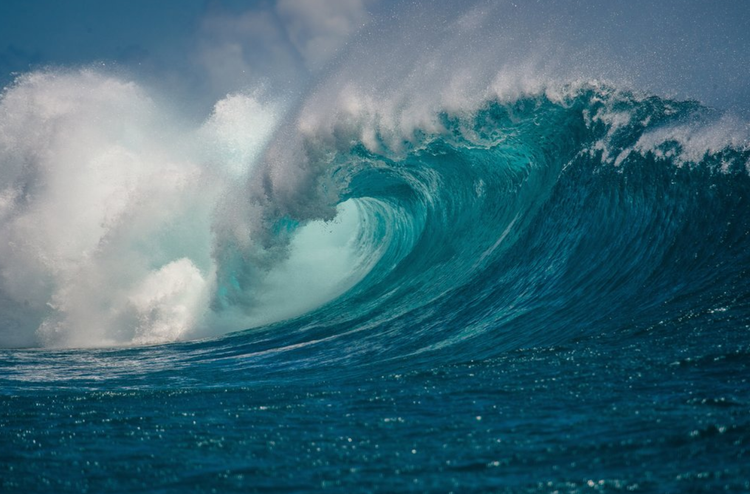
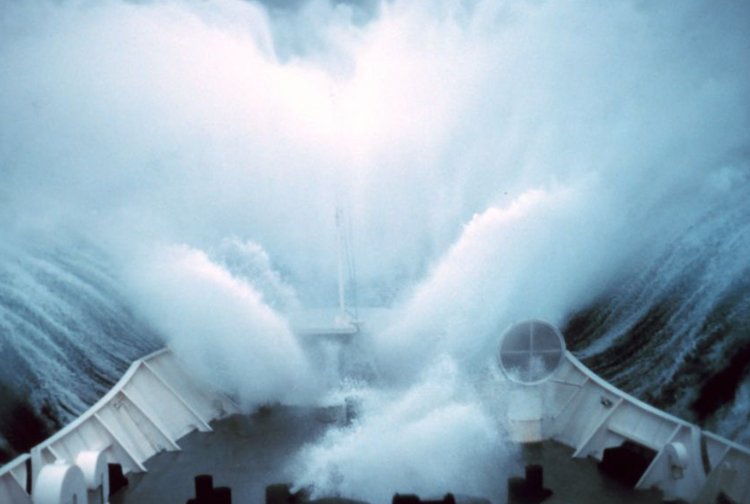
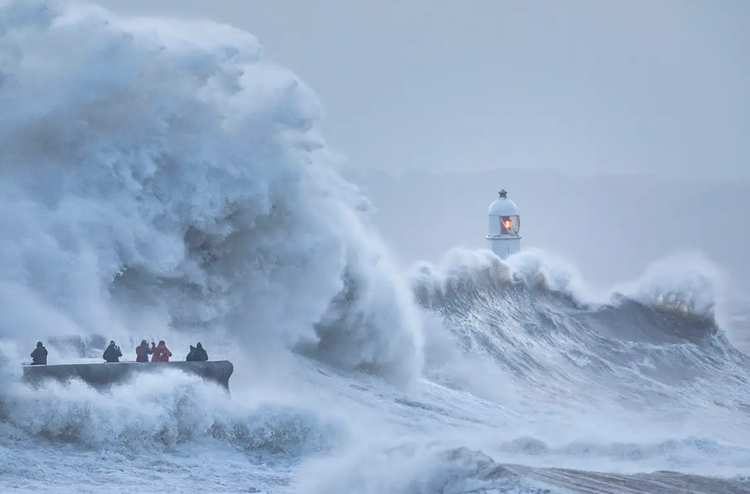
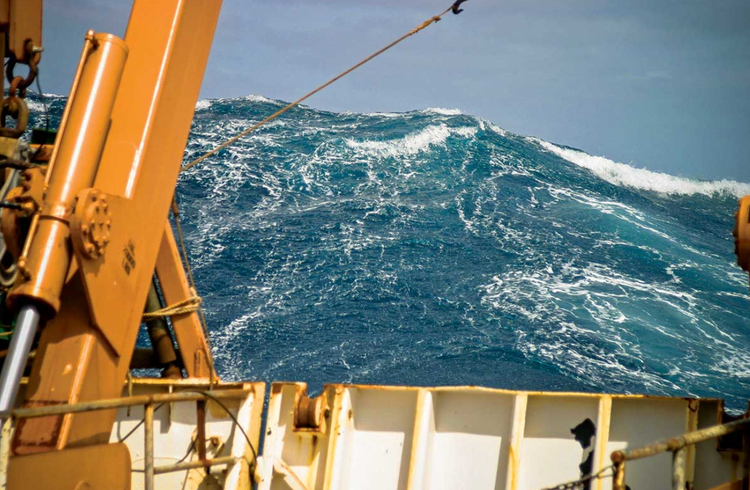
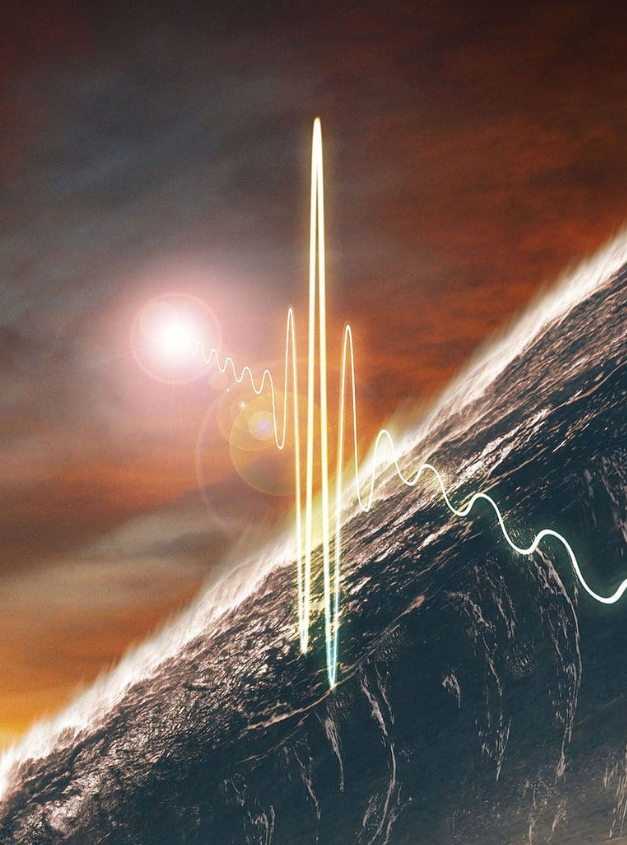
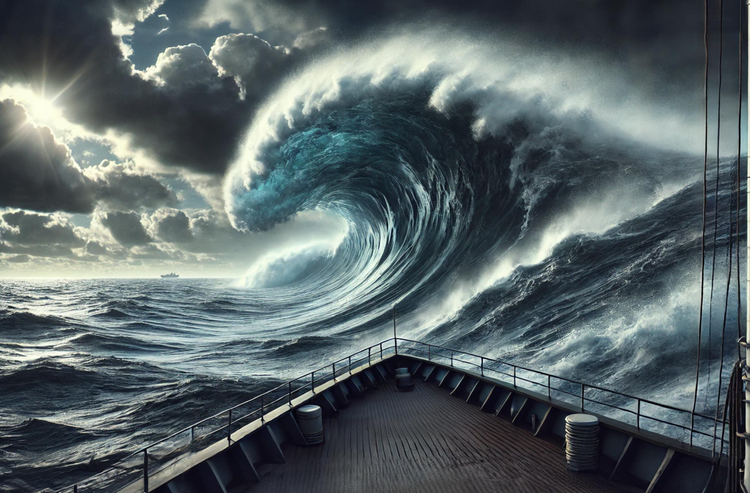
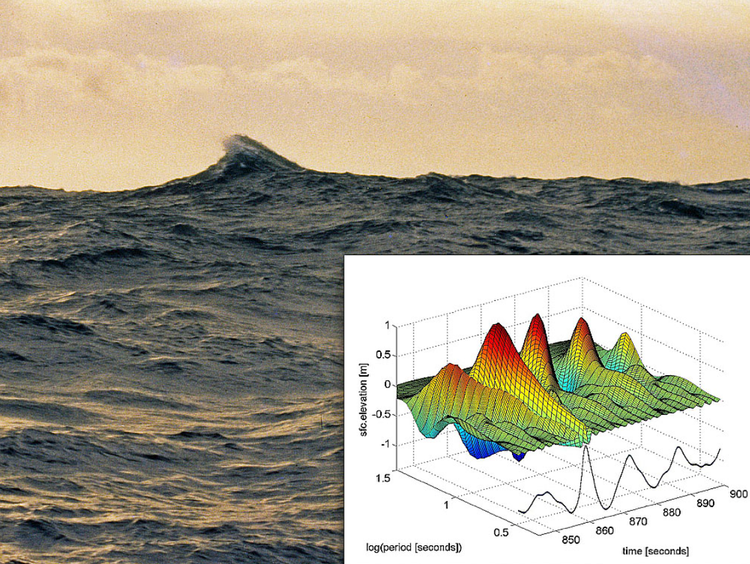
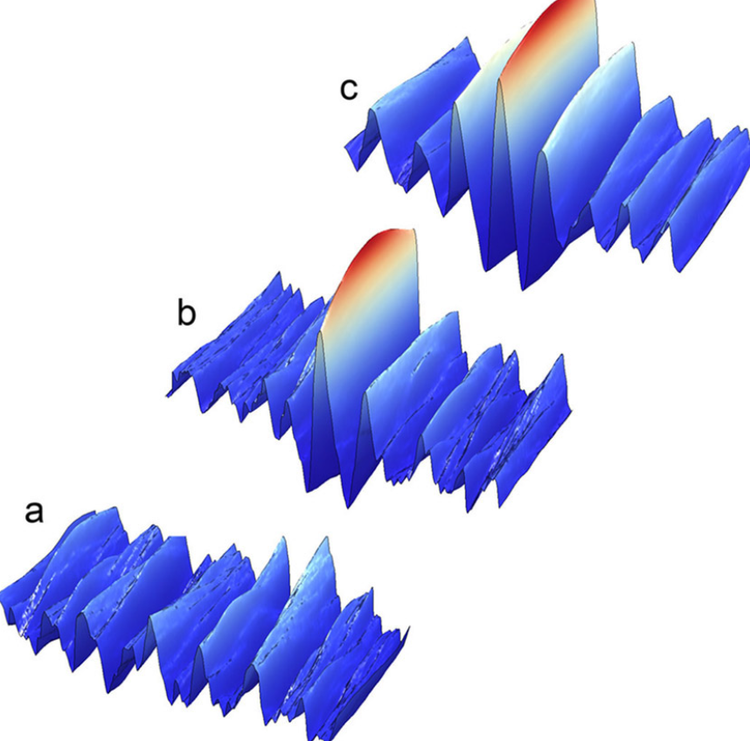
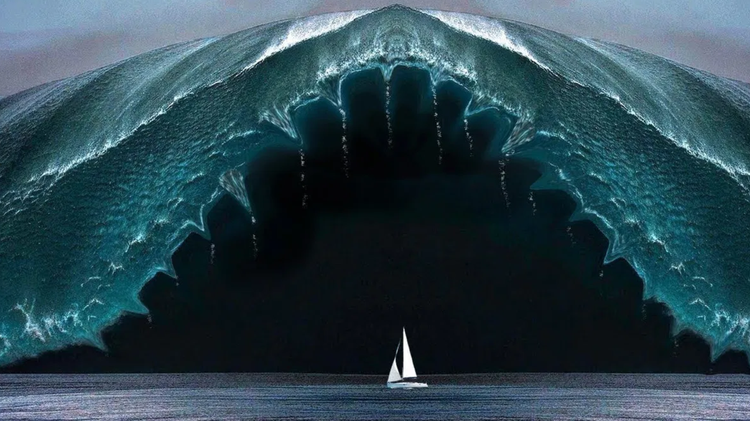
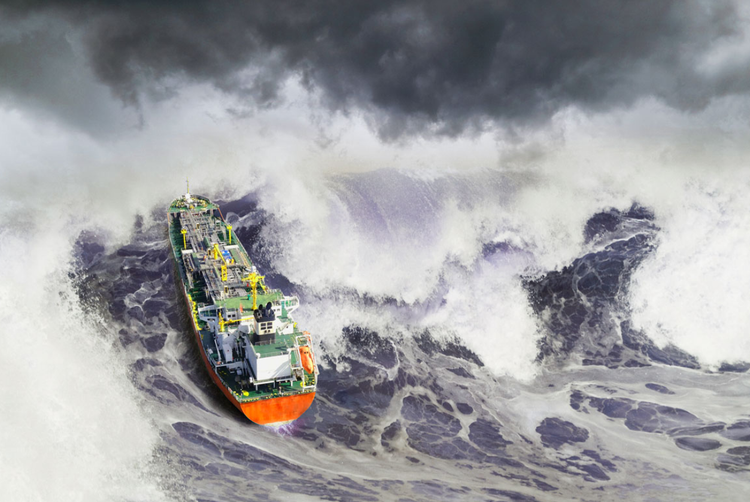
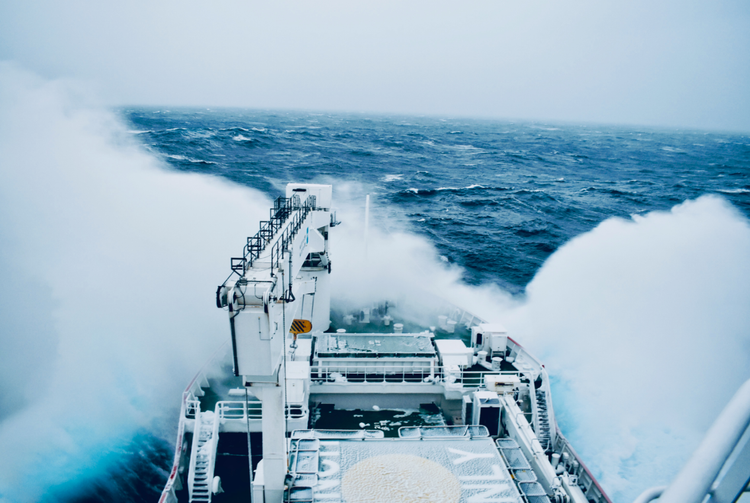




![[Photo] General Secretary To Lam attends the opening of the 1st Government Party Congress](https://vphoto.vietnam.vn/thumb/1200x675/vietnam/resource/IMAGE/2025/10/13/1760321055249_ndo_br_cover-9284-jpg.webp)

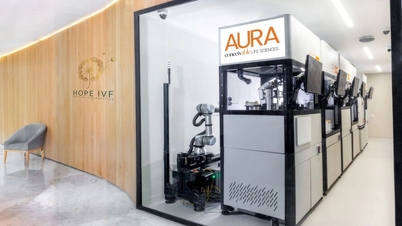


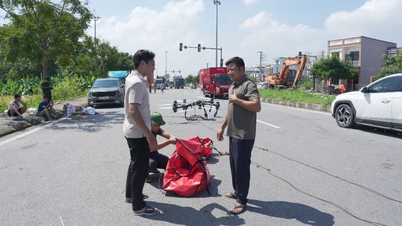













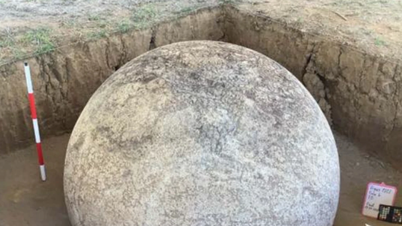






































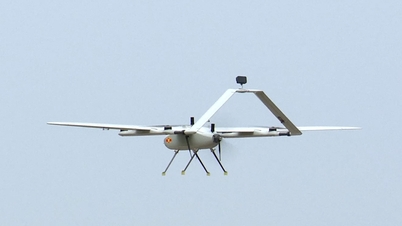



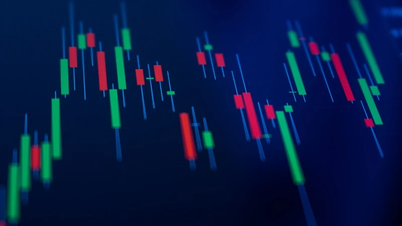














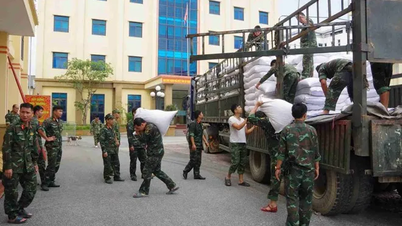






















Comment (0)